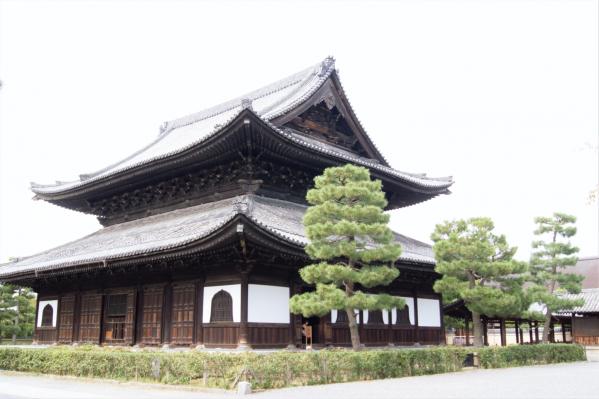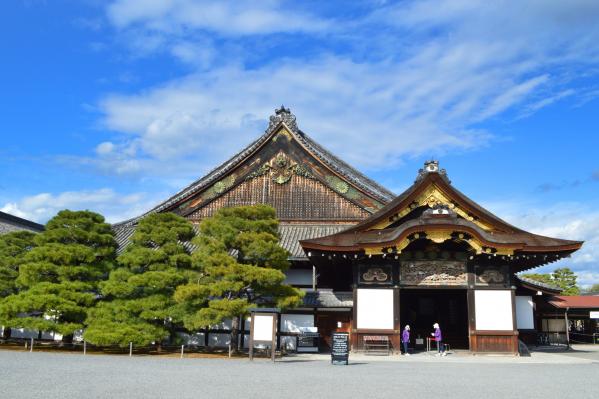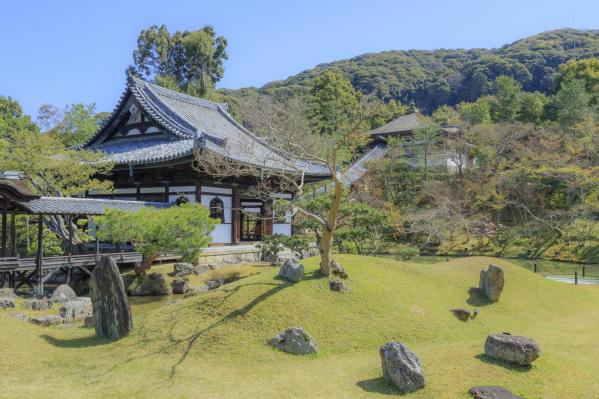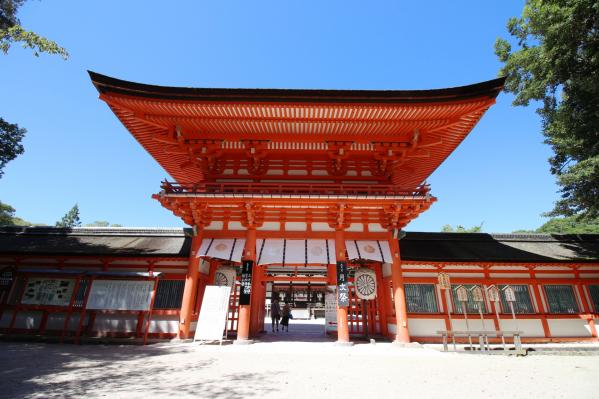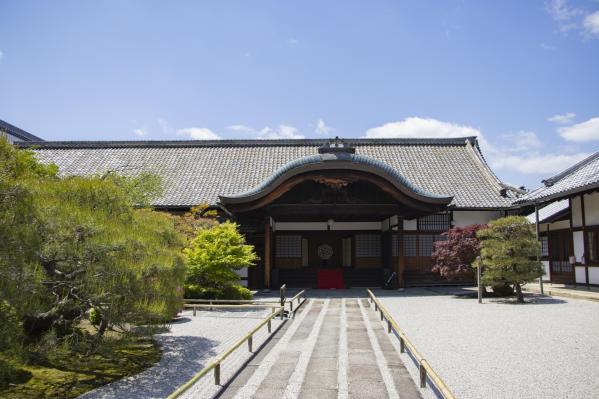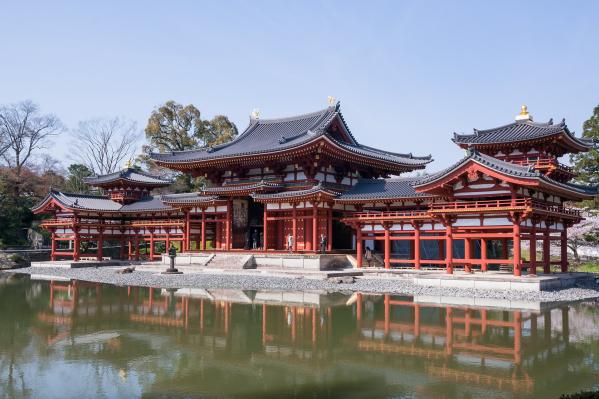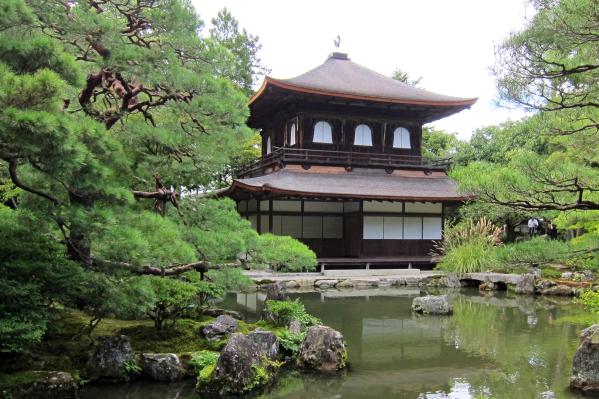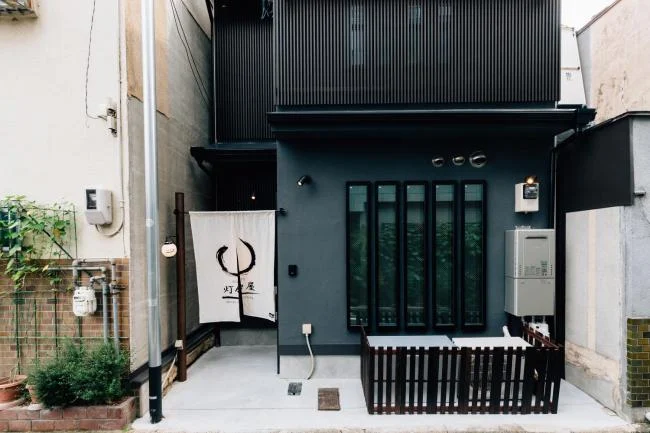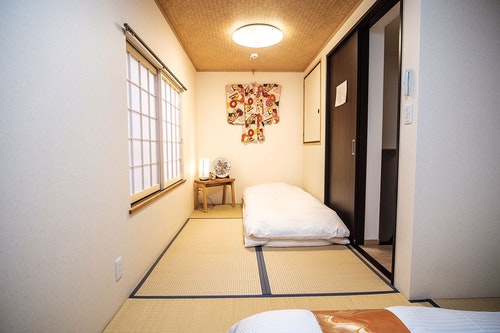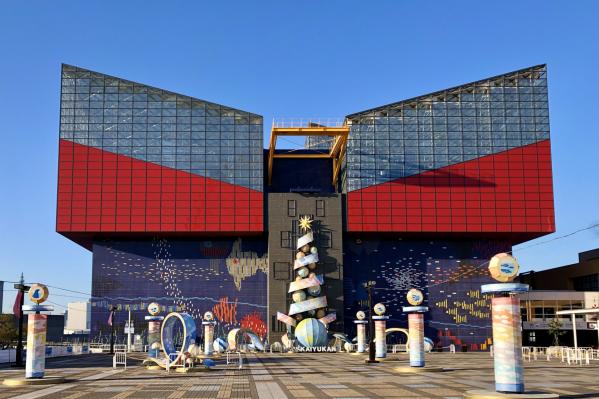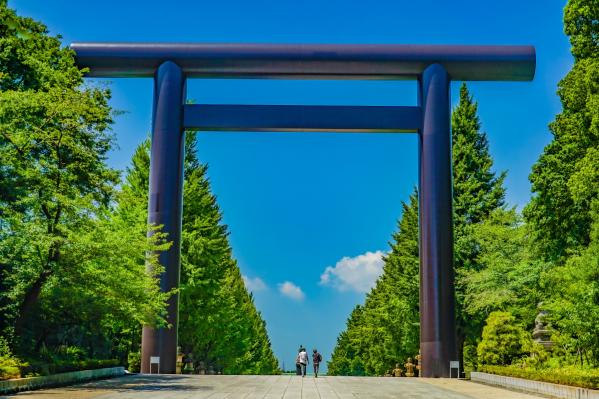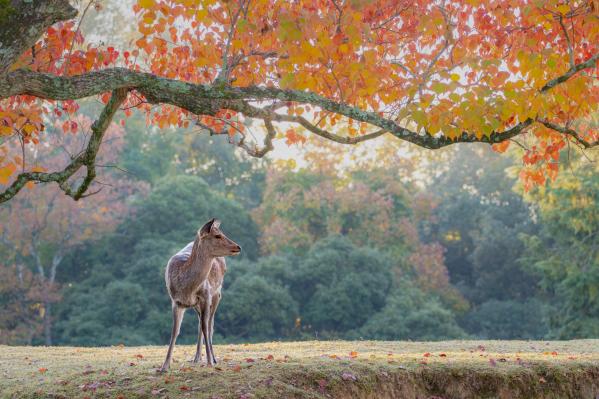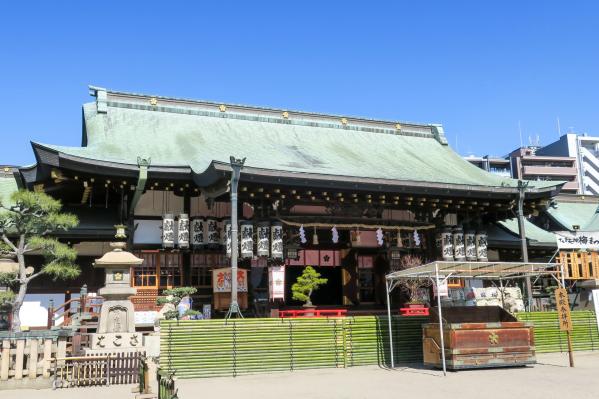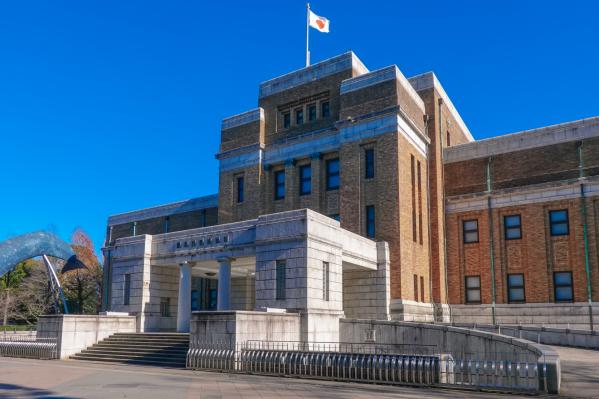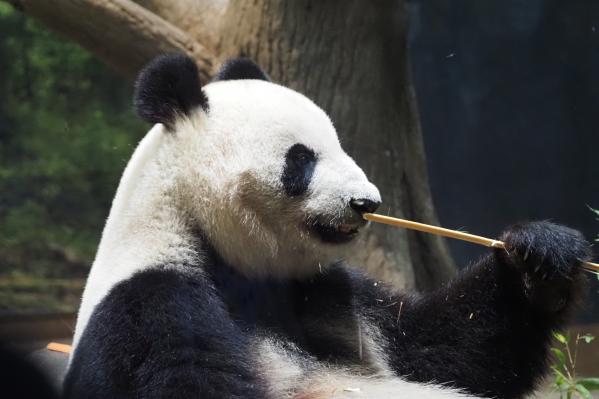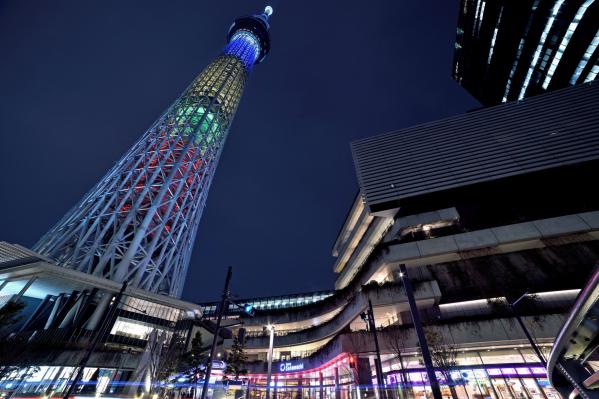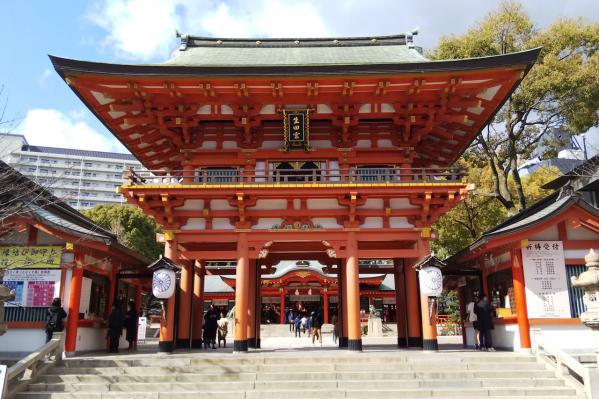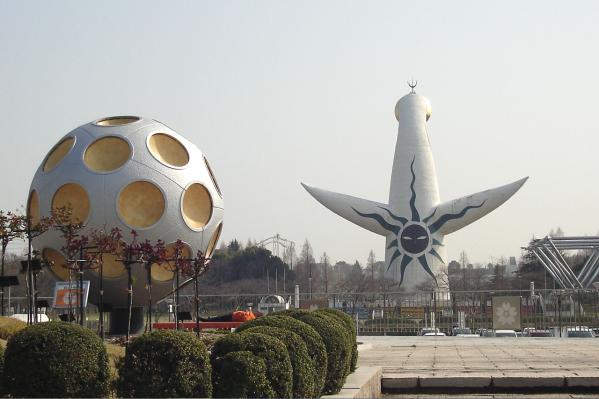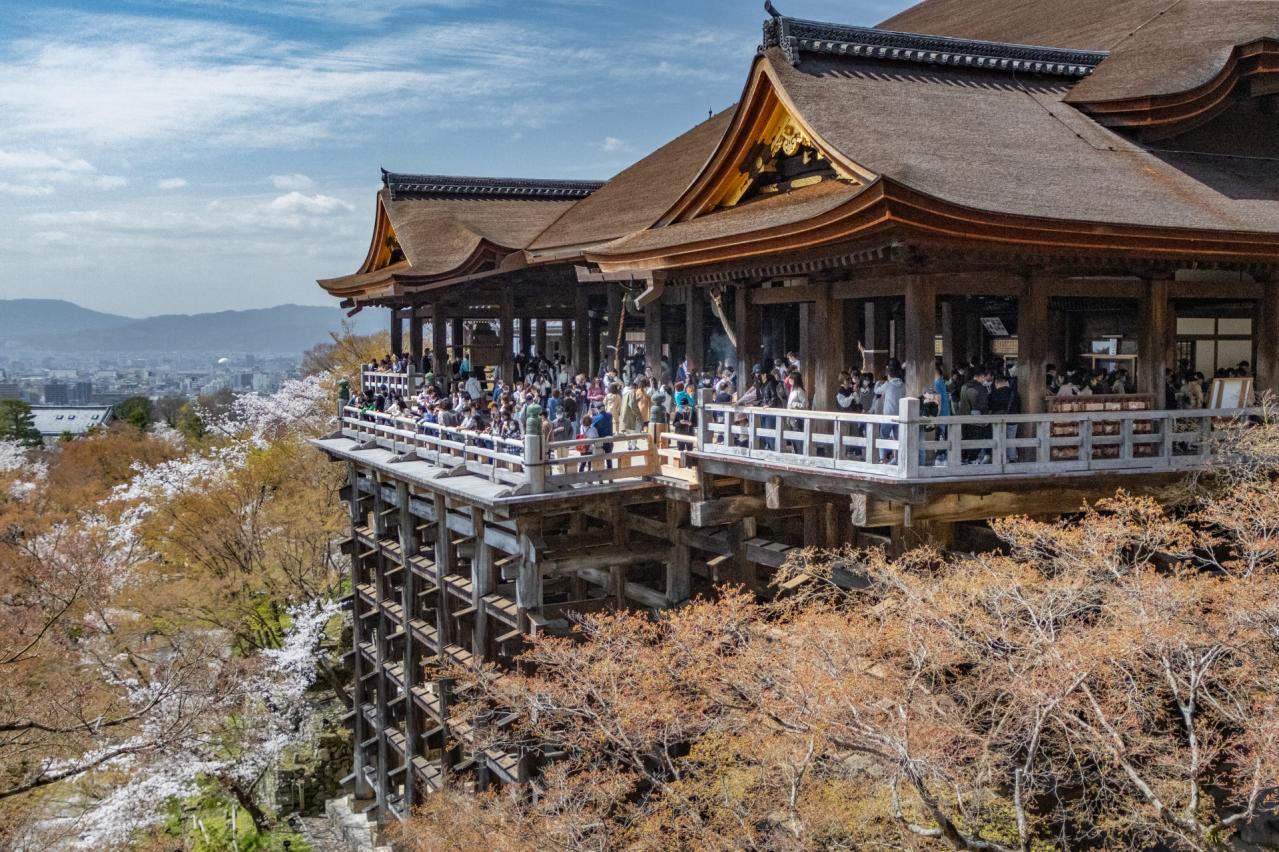
Kiyomizu-dera Temple
Within the temple grounds, there are numerous highlights that tell the story of its history. Firstly, the Nio Gate stands as the main entrance, with imposing statues of the Nio guardians adding to the grandeur. The main hall, known as the "Kiyomizu Stage," is a symbol of Kiyomizu-dera and offers a breathtaking view from its balcony that juts out over the cliff.
The grounds also feature many valuable cultural treasures, including national treasures and important cultural properties. Notably, the three-storied pagoda is one of the tallest in the country, captivating visitors with its beauty and historical significance. Furthermore, the Otowa Waterfall is said to grant blessings for love and success, with its pure waters being referred to as "Golden Water" and "Longevity Water."
The area around Kiyomizu-dera offers beautiful scenery throughout the seasons, with the maples turning vibrant red in autumn and nighttime viewings available for enjoyment. Kiyomizu-dera is a place where Japan's history and culture come to life, and its beauty and charm are beloved by many.
Basic Information
- Spot Name
- Kiyomizu-dera Temple
- Location
- 〒605-0862 294 Kiyomizu, Higashiyama Ward, Kyoto City, Kyoto Prefecture, Japan
- Access
- Take the Keihan Electric Railway to "Gion Shijo" Station or the Hankyu Railway to "Kyoto Kawaramachi Station", then walk about 10 minutes from the city bus stop "Kiyomizu-michi" or "Gojosaka".
- Parking
- Parking available (Kiyomizu-zaka Tourist Parking, Kyoto City)
- Business Hours
- 6:00 AM - 6:00 PM
*In summer until 6:30 PM (July to August) - Regular Holiday
- Open every day.
- Fees
- Admission Fee
Adults: 400 yen
Elementary and Junior High School Students: 200 yen - Contact Information
- Phone Number: 075-551-1234
- Official Website
Map
Detailed Information
Temple Grounds Guide
1. Nioh Gate
This is the main gate of Kiyomizu-dera. It was destroyed in the fires of the Onin War in 1469 but was reconstructed around 1500 and underwent renovation in 2003. It is a magnificent multi-storied gate, measuring approximately 10 meters in the front and 5 meters on the sides, with a ridge height of about 14 meters, showcasing the features of its reconstruction period. (Important Cultural Property)
2. West Gate
The current structure was rebuilt in 1633. The sunset view of the Nishiyama mountains from here is magnificent, making it a gateway to the Pure Land where one can meditate on the Paradise, known as Nissokan. (Important Cultural Property)
3. Bell Tower
Constructed in the Heian period, it was relocated and rebuilt in 1607 during the mid-Edo period. This structure exemplifies the finest of Momoyama architectural style, featuring impressive elements such as the peony-carved rain eaves, the chrysanthemum-carved beams, and the wooden ornaments in the shape of a mythical beast and elephant at the corners. (Important Cultural Property)
4. Three-Story Pagoda
Standing approximately 30 meters tall, this is one of the largest three-story pagodas in Japan and has long symbolized Kiyomizu-dera due to its visibility throughout Kyoto. Established in 847, the current structure was reconstructed in 1632 during the Edo period. It houses a statue of the Dainichi Nyorai, with images of the eight ancestors of Shingon Buddhism on the walls and colorful esoteric Buddhist paintings and dragons on the ceiling and pillars. (Important Cultural Property)
5. Zuihodō
Established in 1735, it enshrines the Great Zui-gū Bodhisattva, who is believed to grant the wishes of all beings. It also houses deities for matchmaking, safe childbirth, and child-rearing. Visitors can experience the inner womb tour here. *Please note that the inner womb tour has limited capacity due to COVID-19 prevention measures.
6. Kyōdō
Originally built in the 10th year of the Kan'ei era (1633) and renovated in 2000, this structure was a lecture hall during the mid-Heian period that housed various Buddhist scriptures, attracting scholars from across the country. The current building was established as a place of learning following a fire in Kan'ei. It houses statues of the Shakyamuni Triad and features a dragon painted in ink by Edo period artist Nobuki Okamura on a mirrored ceiling. The Nirvana Ceremony held every February 15 takes place here. (Important Cultural Property)
7. Main Hall
Perched on a cliff in Otowa Mountain, the Main Hall of Kiyomizu-dera is a wooden structure rebuilt in 1633, housing the statue of the Thousand-Handed Kannon Bodhisattva. It features a sturdy traditional Japanese architectural style that supports a stage bustling with many visitors. (National Treasure)
8. Amida Hall
Reconstructed in 1631 during the early Edo period, this is the site where the constant chanting of the nembutsu, taught by Hōnen Shonin, occurred for the first time in Japan, making it a pilgrimage site as the 13th designated location among Hōnen Shonin's 25 sacred sites. The main deity is Amida Nyorai, and the building showcases the hip-and-gable style with a cypress bark roof. (Important Cultural Property)
9. Okunoin
Built directly above "Otowa no Taki," the current structure was also rebuilt in 1633, completing restoration in 2017. It features a stage similar to the Main Hall. (Important Cultural Property)
10. Otowa Waterfall
This waterfall is the origin of Kiyomizu-dera's founding and the source of its name. The pure water that flows is historically referred to as "golden water" or "longevity water," revered as purifying water. Visitors scoop water from the three streams to pray for purity and the fulfillment of their wishes.
11. Jōjuin
The origin of Jōjuin dates back to when it was built as the residence of Hōnen Shonin, who revived Kiyomizu-dera after it was damaged in the Onin War. Over time, it has managed the temple's finances and infrastructure as an official of Kiyomizu-dera. Its garden, known as the "Moon Garden," is famous and opens to the public for a limited period each year.
12. Sen Taishi Stone Buddha Group
Some of the various stone Buddhas lined up here were originally enshrined in different neighborhoods in Kyoto, including Dainichi Nyorai and Amida Nyorai. During the Meiji period's anti-Buddhism movement, these were brought to Kiyomizu-dera by citizens who could not bear to throw them away. Volunteers currently maintain the decorative coverings for these statues.
13. Koyasu Tower
Traditionally said to be a place of prayer for Emperor Shōmu and Empress Kōmyō, the exact year of its construction is unknown. The current structure was rebuilt in 1500. Inside the three-story pagoda, the Koyasu Kannon (Thousand-Hand Kannon) is enshrined, reflecting its reputation as a deity for safe childbirth. (Important Cultural Property)
14. Daikōdō (Temple Office)
As a commemorative project for the 1200th anniversary of Kiyomizu-dera's founding, this was established in 1984 as a hall for Kannon faith, international friendship, and cultural exchange. It includes the Tahōdō, which stores essential cultural treasures and Buddhist statues, as well as Kiyomizu-dera's office. The first floor of the Daikōdō hosts Buddhist culture lectures and various events. *The treasure hall is not open to the public.
Kiyomizu-dera Temple Movies
Kyoto Tourist Attractions
View ListKyoto National Museum
The Kyoto National Museum was opened in 1897 as the Imperial Kyoto Museum. Located in Kyoto, this museum houses approximately 14,600 artworks and cultural properties...
Kenninji Temple
Kennin-ji Temple, founded in 1202 by the Zen master Eisai, is the oldest Zen temple in Kyoto and serves as the head temple of the Kennin-ji branch of the Rinzai sect...
Nijo Castle
Nijo Castle, originally built as a retreat for the Shogun, can be described as a place condensed with Japan’s history and culture. Constructed in 1603 by the first S...
Shimogamo Shrine (Kamo Mioya Shrine)
Shimogamo Shrine (officially known as Kamo Mioya Shrine) is located in the Sakyo Ward of Kyoto City and is registered as a World Heritage site as part of the "Cultur...
To-ji Temple
Toji Temple (official name: Kyo-o Gokokuj), is the only existing structure from the Heian-kyo period and is registered as a UNESCO World Heritage Site. Founded two y...
Byodo-in Temple
Byodoin Temple is a historic temple located in Uji City, Kyoto Prefecture, renowned for its Hall of Phoenix. Established in 1052 by the regent Fujiwara no Yorimichi,...
Ginkaku-ji (Silver Pavilion)
Ginkaku-ji, officially known as Jishō-ji, is located in the Sakyo Ward of Kyoto City and is affiliated with the Rinzai school of the Shokoku-ji sect. Originally buil...





![【京都 清水寺②】感動の贅沢旅~世界遺産へ 観光名人が行き方 見どころを詳しくご案内します [京都 関西 観光 旅行 清水 関西空港 世界遺産 歴史 清水寺 京都観光]](https://i.ytimg.com/vi/y8s62JqCjJM/mqdefault.jpg)
![【京都 清水寺①】感動の贅沢旅~世界遺産へ 観光名人が行き方 見どころを詳しくご案内します [京都 関西 観光 旅行 清水 関西空港 世界遺産 歴史 清水寺 京都観光]](https://i.ytimg.com/vi/8fqdMgDngzI/mqdefault.jpg)


